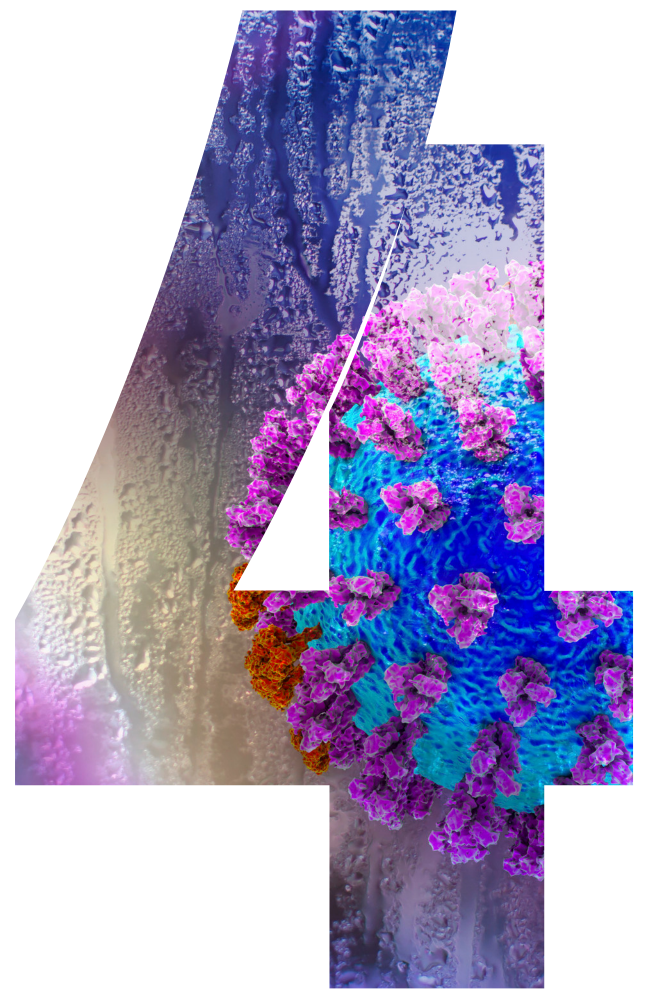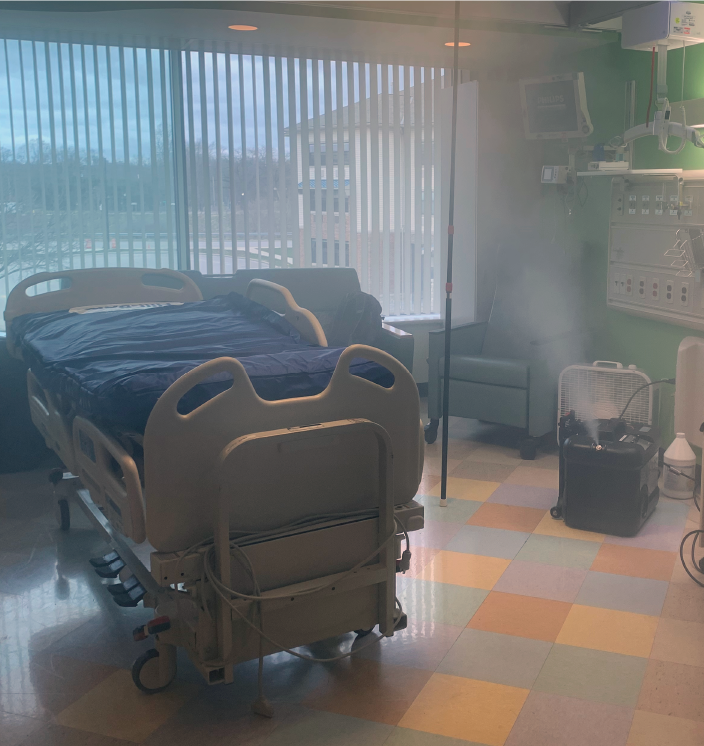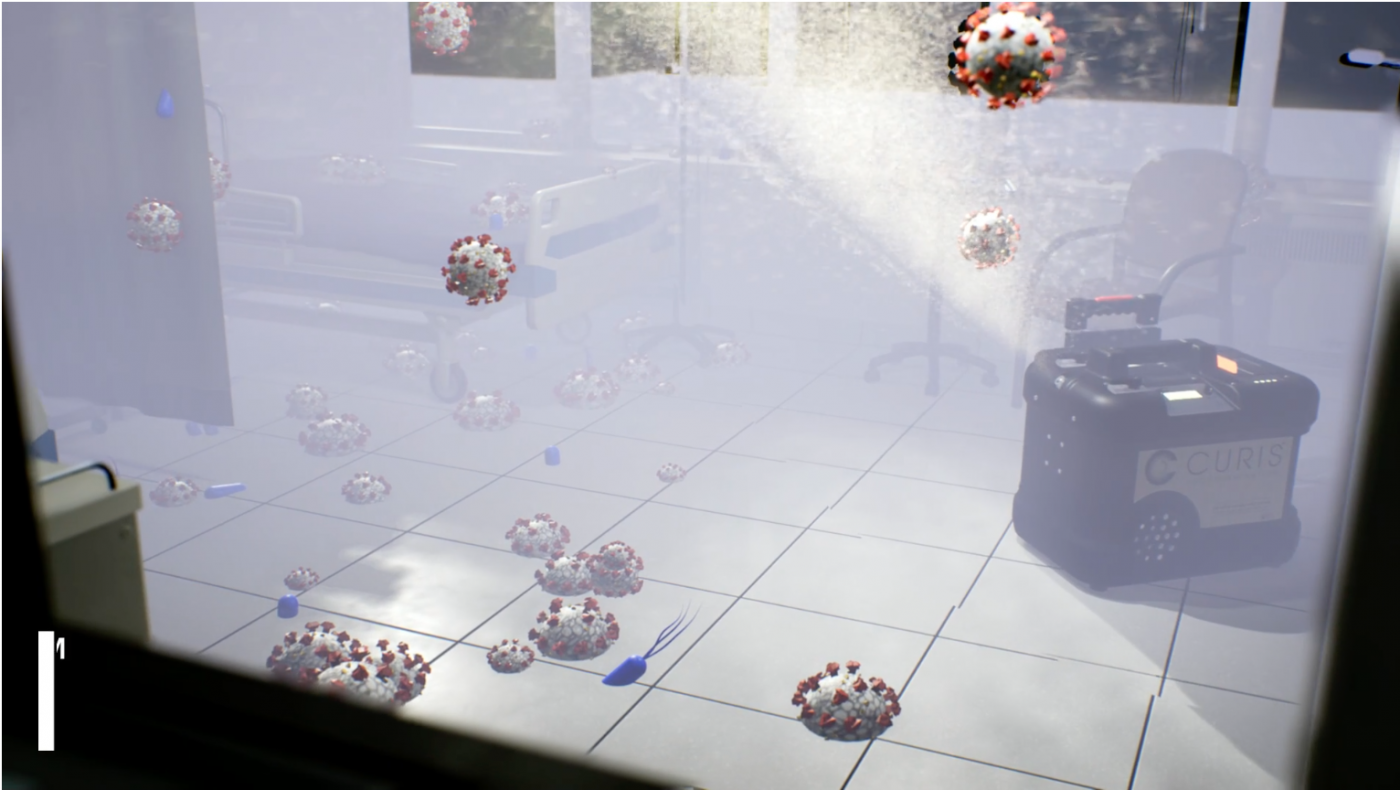Don't Stop Disinfecting: Why the COVID-19 Vaccine Alone Isn’t Enough
As millions of Americans begin getting, or making appointments to get, the new COVID-19 vaccines, our lives and businesses are on their way to getting back to “normal.” Even so, it’s important to understand that while the approved vaccines show strong efficacy rates, we can’t let our guard down just yet on disinfection and other measures to stop the spread of disease.
 4 Reasons Disinfection Still Matters
4 Reasons Disinfection Still Matters
1. COVID is NOT the Only Germ of Concern
Not only is there a lot we still don’t know about these vaccines as they relate to transmission, but with all the focus on SARS-CoV-2, it’s easy to forget that there are still a lot of other viruses and bacteria in our world which can cause significant illness and potential outbreaks (including C. diff, MRSA, Tuberculosis, Candida, etc.).
2. Some People Can't Get Vaccinated
While we should all be optimistic given the demonstrated effectiveness of both the Moderna and Pfizer vaccines, we should keep in mind, too, that many at-risk individuals will be unable to get the vaccine at all, either because they are immunocompromised or because they may have vaccine-related allergies.
3. Disinfection of Community Spaces Helps Protect Us All
So it seems until the vaccine has widespread adoption and we better understand the effects on transmission, we need to continue to protect the community around us through preventative measures, including disinfecting

-
- Office spaces
- Patient rooms
- Waiting Rooms
- Ambulances
- Classrooms
- Buses
- And more
4. Social Distancing Doesn't Stop Transmission from High Touch Surfaces
It’s important to keep in mind that best laid plans aren’t fool-proof when it comes to highly contagious disease. In fact, there remains a concern for increased transmission due to a false sense of security that being vaccinated may give people. Even if everyone in an office or healthcare facility gets vaccinated, it’s not the isolated environment it may seem. We don’t live in a bubble, and each and every one of us goes home to a family and/or interacts with the public at some point. While social distancing, personal hygiene and increased ventilation are important, the more human traffic an area gets, and the more spaces people touch (including chair arm rests, door handles, pens, coffee pots, copy machines, phones, etc.), the more these areas should be disinfected.
What Type Of Disinfection Methods Should You Use?
When the Stakes are High, You Need a Higher Kill Rate (99.9999%*)
Whole-space disinfection is vitally important to help disinfect not just one surface, but all of these surfaces at once. Even when employed on a regular basis, partial disinfection may not be enough to prevent transmission. Hand-wiping surfaces and equipment using solutions with 99.9% effectiveness rates (and that’s only IF used properly with very specific dwell times on the surface) may leave behind many viable pathogens.
While some exposure to germs can help keep our immune system healthy, exposure in the doctor’s office, in an ambulance, or even in a hospital room is not the time or place to be challenging one’s immune system.
Even more thorough disinfecting systems with higher kill rates often use chemicals and ingredients that are surprisingly toxic to humans and can cause corrosion of equipment and surfaces. And then how do you even know the effective kill rates are achieved?
The Best Disinfection Systems Do More Than Kill Germs
Proper disinfection systems help protect patients from germs and toxins WITHOUT compromising or damaging equipment and office materials. The best systems also create and maintain an optimal dwell that reaches every nook and cranny, even where eyes can’t see, and hands and UV light can’t reach. For example, the CURIS Hybrid Hydrogen Peroxide™ (HHP™) system can kill *99.9999% of C. diff in a tri-part soil load and is EPA-approved for use against SARS-CoV-2 (COVID-19). Systems such as the HHP™ technology from CURIS System can deliver a ten times stronger and more thorough kill than UV light.
Don't Be Caught Off Guard Again: Future-Proof Your Disinfection Plan Now
While COVID-19 has been one of the worst pandemics to occur during most of our lifetimes, there may be a silver lining. If nothing else, this pandemic has opened up the door for facilities to enhance their common disinfection methods every step of the way and to be more thorough and more efficacious in fighting the environmental transmission of disease and infection. So even when the COVID-19 pandemic is (hopefully) in the history books, we still need to be concerned with stopping the occurrence and transmission of diseases such as MRSA, flu, Candida, and others, and we need to stay vigilant for similar threats in the future. Epidemiologists agree that this is unlikely be the last pandemic we will need to deal with.
And while too many of us were caught off guard by COVID-19, there is a lot we can be doing today to make sure we are not caught off guard again. Remember, even with all we’ve done over the years to fight tuberculosis, still today about 10 million people per year contract the disease and 1.4 million people died from it in 2019.
So even post-COVID-19, don’t throw away your masks, don’t stop washing your hands, and by all means, don’t stop cleaning and performing the most advanced disinfection methods.
- Meaghan Hislop, CURIS Science Team
Excerpt from The Orlando Medical News, January 2020, p. 10-11
Sources:
Vaccine Information: https://www.cdc.gov/coronavirus/2019-ncov/vaccines/different-vaccines.html
AstraZeneca Trial Findings: https://covid19vaccinetrial.co.uk/breakthrough-global-covid-19-vaccine
TB Data: https://www.who.int/news-room/fact-sheets/detail/ tuberculosis#:~:text=Key%20facts,with%20tuberculosis(TB)%20worldwide
